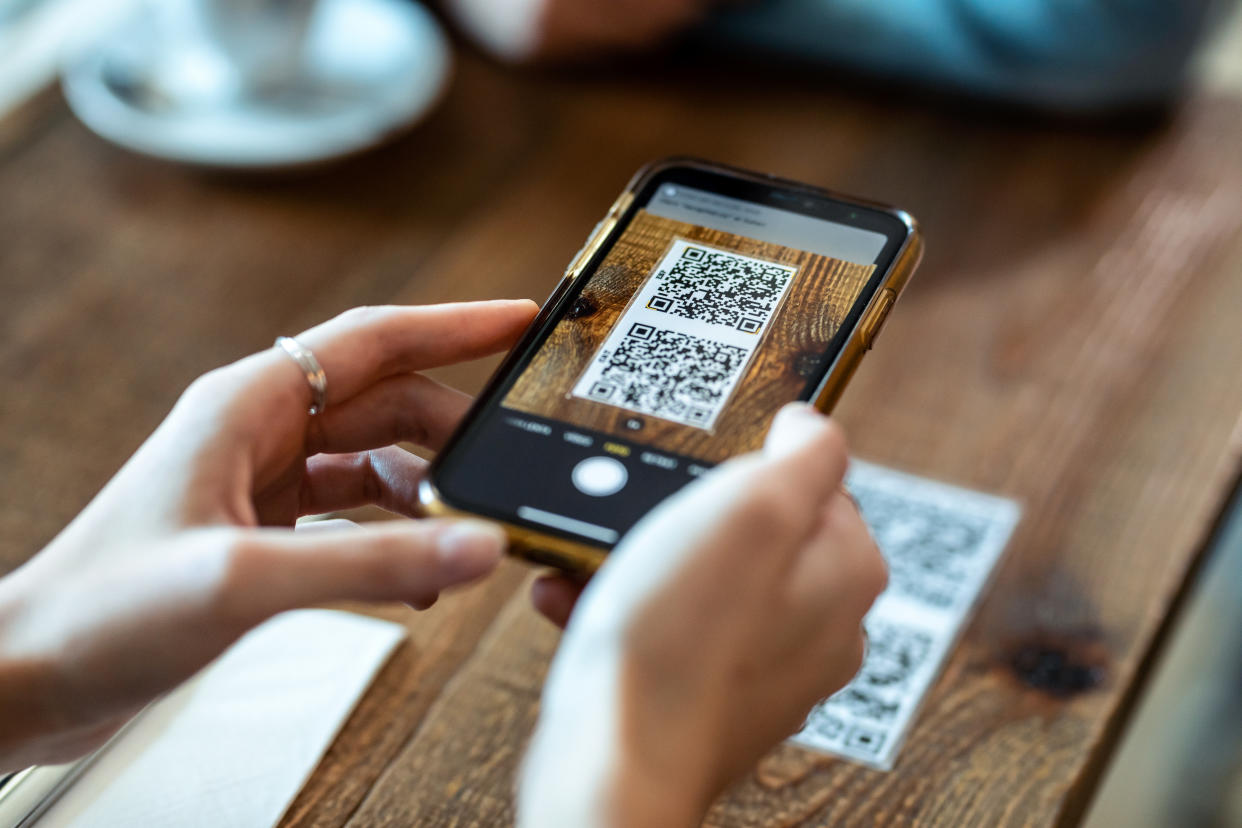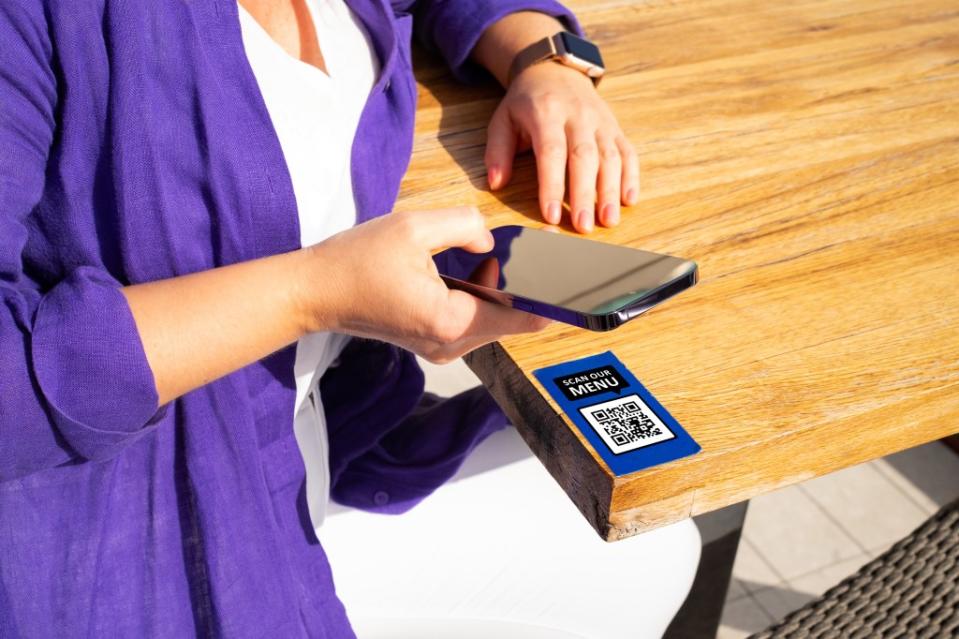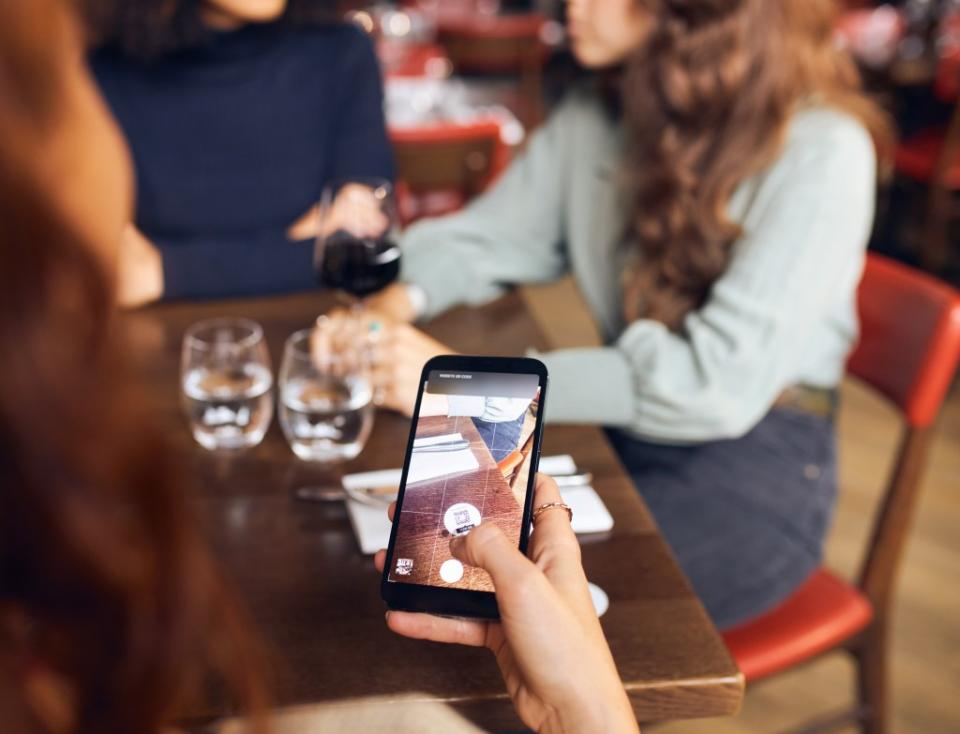Restaurants are ditching ‘tacky’ QR codes and bringing back paper menus after customer backlash

Restaurant patrons have had their fill of menu QR codes.
Once a new-age innovation to easily and quickly access menus on your smartphone, the existence of the humble barcode plastered to the table is now the hallmark of a tacky eatery.
“It’s like self-checkout or putting your own IKEA stuff together,” Oz du Soleil, a 59-year-old software trainer, told the Wall Street Journal.
Recently, Soleil walked out of a Las Vegas brunch spot before even placing an order for his matcha latte because of the digitized menu, telling the Journal it felt like work to use his phone and voiced concerns over data privacy.

He is one of the many patrons nationwide who have lamented the proliferation of QR code menus, prompting restaurants to ditch the square barcodes altogether in favor of tried and true paper menus.
“In the restaurant industry, the QR code menu is seen as a little bit tacky,” Teddie King, the director of operations at the Japanese chain Zuma, told the Journal.
Zuma swapped QR codes for paper two years ago after the pandemic, which proved to be a boon for the barcodes as eateries attempted to limi the transfers of germs — after all, menus are one of the dirtiest surfaces in a restaurant.
According to The Journal, a survey conducted earlier this year by Technomic revealed that QR codes would not encourage customers to dine at a restaurant more often. The market research firm also reported that, in 2022, 88% of diners preferred paper menus over QR codes at sit-down establishments.

“We found we were starting to alienate people,” Nicolas Geeraerts, the COO of New York’s John Fraser Restaurants, told the Journal.
The group has mostly moved away from digital menus in its more elevated dining rooms, while still employing the tech in its casual bistros. Similarly, the Japanese restaurant Nami Nori has decided to ditch QR codes as well.
“Getting started with the QR is the worst thing about it,” Joshua Hampton, a server at Chicago’s Farm Bar, told the outlet.
Having worked at both of the restaurant’s locations, he witnessed a generational divide: younger diners enjoyed the QR codes more than older patrons. At the location that attracts an older crowd, the restaurant is bringing back paper menus after seeing the struggles of operating the QR code scanning feature on smartphones.

But it isn’t just ease of use that seems to be the problem.
Rich Fox, the operating owner of Seattle-based Yes Parade Restaurant Group, told the Journal that, the codes don’t allow for patrons to peruse the menu in its entirety, often resulting in less money for chefs and waitstaff.
There are still a few customers who prefer QR codes over paper, such as 38-year-old photographer Phil Armstrong, who told the Journal it is a quicker way to order and pay when he’s in a rush. Not to mention, he noted that constant check-ins from waitstaff can become irritating.
“I don’t necessarily need someone to ask how I’m doing nine times,” he quipped.
Alex Sourov, 49, takes a hybrid approach: He prefers a printed menu for ordering, but a digitized way to pay. The Seattle retiree told the Journal it’s more convenient for him to pay on his phone with a QR code, rather than waiting for the waiter to return with the check and his card.
“You’re already done and want to get out,” he declared.

